
Skate or Die! is a skateboarding game released by Electronic Arts (EA) in 1987 for the Commodore 64. It is EA's first internally developed game. Ports for the Apple IIGS, MS-DOS, Amstrad CPC, and ZX Spectrum were released the following years. It was ported to the Nintendo Entertainment System (NES) by Konami, published under the company's Ultra Games branding.
Artworx was a Naples, Florida software company that produced and supported a line of computer games from 1981 to 2020. It is named after the founder's given name. At first the company published a variety of games, including titles in adventure and arcade-action genres, but were later best known for a strip poker series.

A-10 Tank Killer is a 1989 combat flight simulation video game for DOS developed and published by Dynamix. An Amiga version was released in 1990. The game features an A-10 Thunderbolt II attack aircraft. Following the success of Red Baron, version 1.5 was released in 1991 which included Gulf War missions and improved graphics and sounds. Several mission packs were sold separately. A sequel published by Sierra, Silent Thunder: A-10 Tank Killer II, was released in 1996.

Earl Weaver Baseball is a baseball video game (1987) designed by Don Daglow and Eddie Dombrower and published by Electronic Arts. The artificial intelligence for the computer manager was provided by Baseball Hall of Fame member Earl Weaver, then manager of the Baltimore Orioles, based on a lengthy series of interviews. EWB was a major hit, and along with John Madden Football helped pave the way for the EA Sports brand, which launched in 1992. A Sega Genesis version was planned but cancelled.

Intellivision World Series Major League Baseball is a baseball video game (1983) designed by Don Daglow and Eddie Dombrower, and published by Mattel for the Intellivision Entertainment Computer System. IWSB was one of the first sports video games to use multiple camera angles and present a three-dimensional perspective. It was also the first statistics-based baseball simulation game on a video game console; all prior console baseball games were arcade-style recreations of the sport.

Tony La Russa Baseball is a baseball computer and video game console sports game series (1991-1997), designed by Don Daglow, Michael Breen, Mark Buchignani, David Bunnett and Hudson Piehl and developed by Stormfront Studios. The game appeared on Commodore 64, PC, and Sega Genesis, and different versions were published by Electronic Arts, SSI and Stormfront Studios. The artificial intelligence for the computer manager was provided by Tony La Russa, then manager of the Oakland Athletics and later the St. Louis Cardinals. The game was one of the best-selling baseball franchises of the 1990s.
Eddie Dombrower is an American computer game and video game designer, programmer and producer. He is best known as the co-creator of the baseball games Earl Weaver Baseball and Intellivision World Series Baseball. He is also recognized for designing the first dance notation computer software, DOM.

Escape from Singe's Castle, also known as Dragon's Lair Part II - Escape From Singe's Castle, is a computer game for the Amstrad CPC, Commodore 64 and ZX Spectrum home computers, released by Software Projects in 1987.
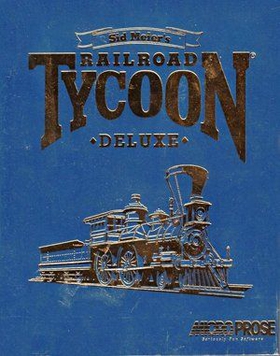
Sid Meier's Railroad Tycoon Deluxe is part of the Railroad Tycoon series, and was released in 1993.
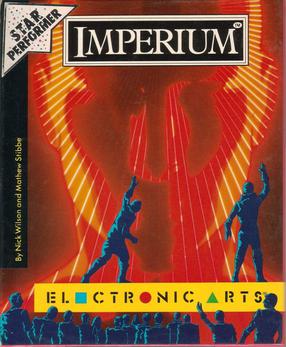
Imperium is a 4X strategy video game published by Electronic Arts in 1990 for the Amiga, Atari ST, and DOS.
EWB Baseball is an iOS baseball sports game designed and published by Eddie Dombrower based on Earl Weaver Baseball. Earl Weaver has not licensed his name to the product, making the game a spiritual successor to the original. It was released on iTunes Store on March 23, 2009.

Balance of Power: The 1990 Edition is a sequel to the computer strategy game Balance of Power.

Skyfox II: The Cygnus Conflict is a space combat computer game developed by Dynamix and published by Electronic Arts in 1987 for the Commodore 64 as a sequel to the original Skyfox for the Apple II. It was ported to the Amiga, Atari ST, and MS-DOS. The creator of Skyfox, Ray Tobey, was not involved in this game.

Star Fleet II: Krellan Commander is a video game and the sequel to Star Fleet I: The War Begins.
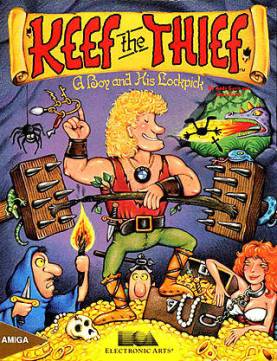
Keef the Thief: A Boy and His Lockpick is a video game developed by Naughty Dog and published by Electronic Arts. It was released in 1989 for the Apple IIGS and then later ported to the Amiga and MS-DOS. Keef the Thief is a comedic sword and sorcery role-playing game.
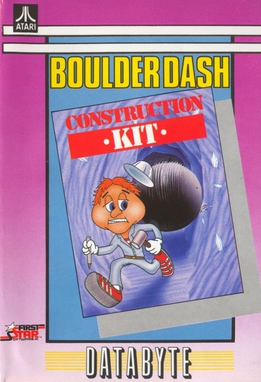
Boulder Dash Construction Kit is the fourth game in the Boulder Dash series. It published for the Commodore 64 and Atari 8-bit family in 1986 by Epyx. Ports were released for the Apple II, Atari ST, Amiga, Amstrad CPC, ZX Spectrum, and MS-DOS. The Spectrum version was rereleased as Boulder Dash IV: The Game. Boulder Dash Construction Kit includes new levels and a level editor.
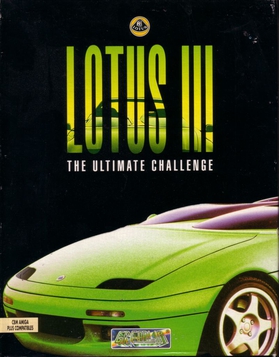
Lotus III: The Ultimate Challenge is the third and final game in the Lotus racing series.

Are We There Yet? is a 1991 puzzle video game developed by Manley & Associates for IBM PC compatibles and published by Electronic Arts.
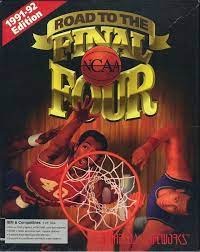
NCAA Basketball: Road to the Final Four is a basketball video game. The game was a joint effort by Bethesda Softworks and Earl Weaver Baseball creators Mirage Graphics. A sequel, NCAA Basketball: Road to the Final Four 2, was released in 1994.
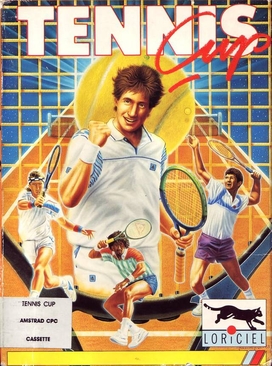
Tennis Cup is a 1990 tennis video game developed and published by Loriciel for the Amiga. It was ported to the Atari ST, MS-DOS and Amstrad CPC during the same year. Tennis Cup was ported to TurboGrafx-16 in 1991 as Davis Cup Tennis. Versions for the Super Nintendo and Mega Drive/Genesis were released in 1993.

















